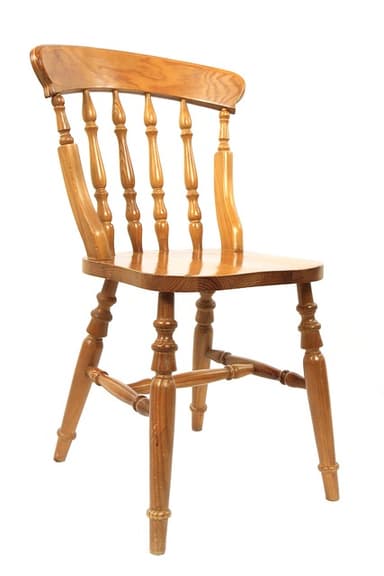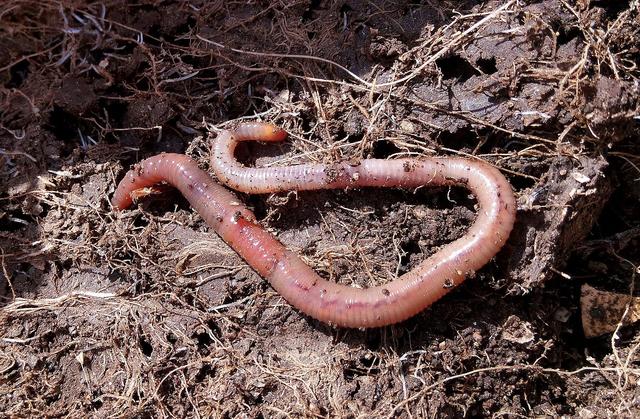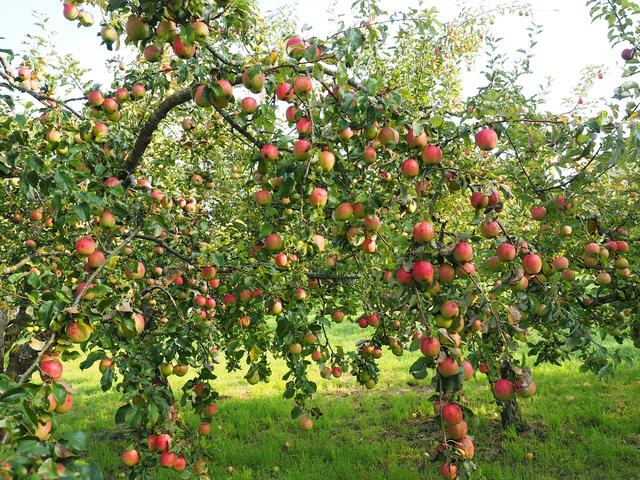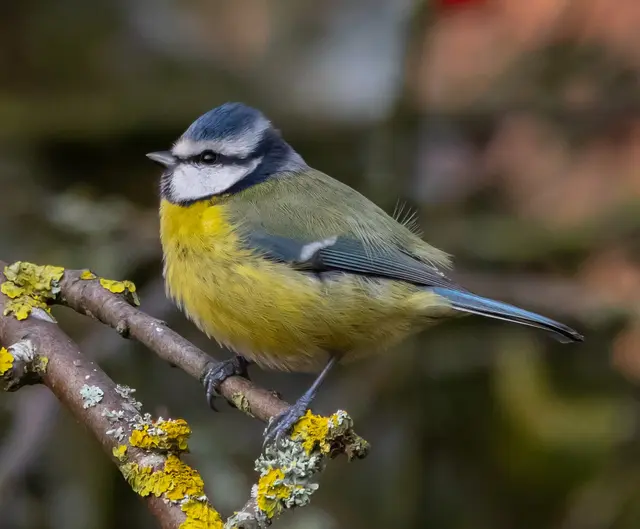Living or non-living
I can compare and group things into living and non-living.
Living or non-living
I can compare and group things into living and non-living.
These resources will be removed by end of Summer Term 2025.
Switch to our new teaching resources now - designed by teachers and leading subject experts, and tested in classrooms.
These resources were created for remote use during the pandemic and are not designed for classroom teaching.
Lesson details
Key learning points
- The world is made up of things that are living and not living (non-living).
- A living thing is something that is alive and needs food, water and air.
- A thing that is not living does not need food, water and air because it is not alive.
- Living and non-living things can be compared and grouped by looking at what is the same and what is different.
Keywords
Living - Living things are alive. They move, respire, sense, grow, reproduce, excrete waste material and need nutrients.
Alive - Living things are alive.
Non-living - Something which is non-living is not alive. It does not show any of the characteristics of living things.
Sort - To sort is to put items into different groups.
Common misconception
Plants are not living things because we cannot see them move.
Show examples of living things, including plants.
To help you plan your year 2 science lesson on: Living or non-living, download all teaching resources for free and adapt to suit your pupils' needs...
To help you plan your year 2 science lesson on: Living or non-living, download all teaching resources for free and adapt to suit your pupils' needs.
The starter quiz will activate and check your pupils' prior knowledge, with versions available both with and without answers in PDF format.
We use learning cycles to break down learning into key concepts or ideas linked to the learning outcome. Each learning cycle features explanations with checks for understanding and practice tasks with feedback. All of this is found in our slide decks, ready for you to download and edit. The practice tasks are also available as printable worksheets and some lessons have additional materials with extra material you might need for teaching the lesson.
The assessment exit quiz will test your pupils' understanding of the key learning points.
Our video is a tool for planning, showing how other teachers might teach the lesson, offering helpful tips, modelled explanations and inspiration for your own delivery in the classroom. Plus, you can set it as homework or revision for pupils and keep their learning on track by sharing an online pupil version of this lesson.
Explore more key stage 1 science lessons from the Living things and where they live unit, dive into the full secondary science curriculum, or learn more about lesson planning.

Equipment
Paper, pencils, scissors.
Content guidance
- Risk assessment required - equipment
- Exploration of objects
Supervision
Adult supervision required
Licence
Starter quiz
6 Questions


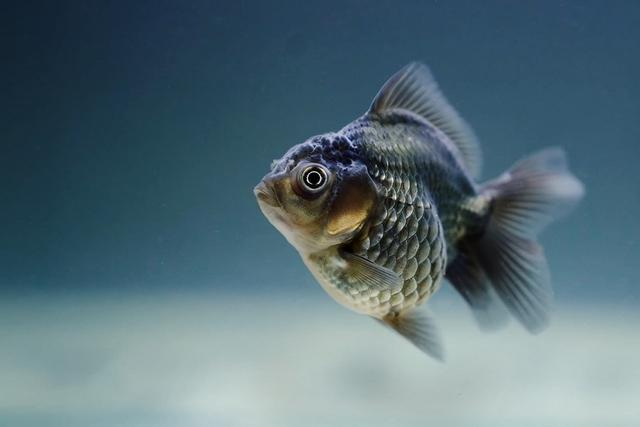

crocodile
chameleon
snake
tortoise


Exit quiz
6 Questions

